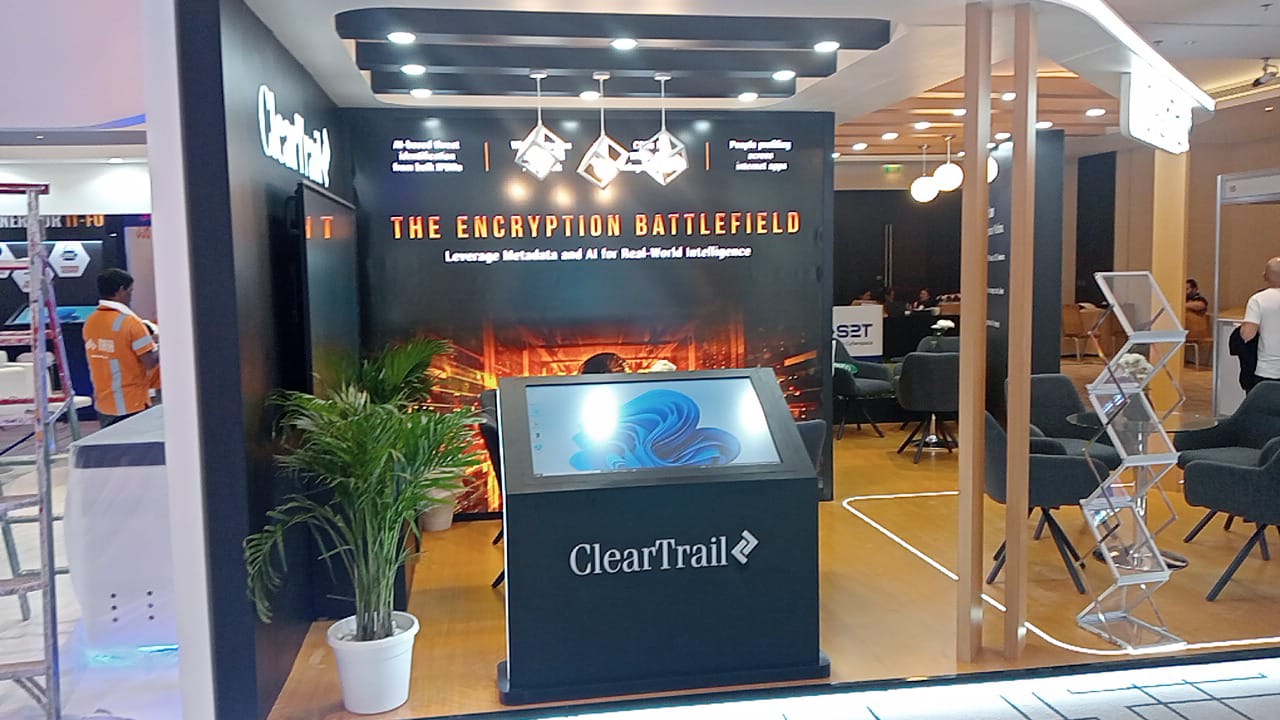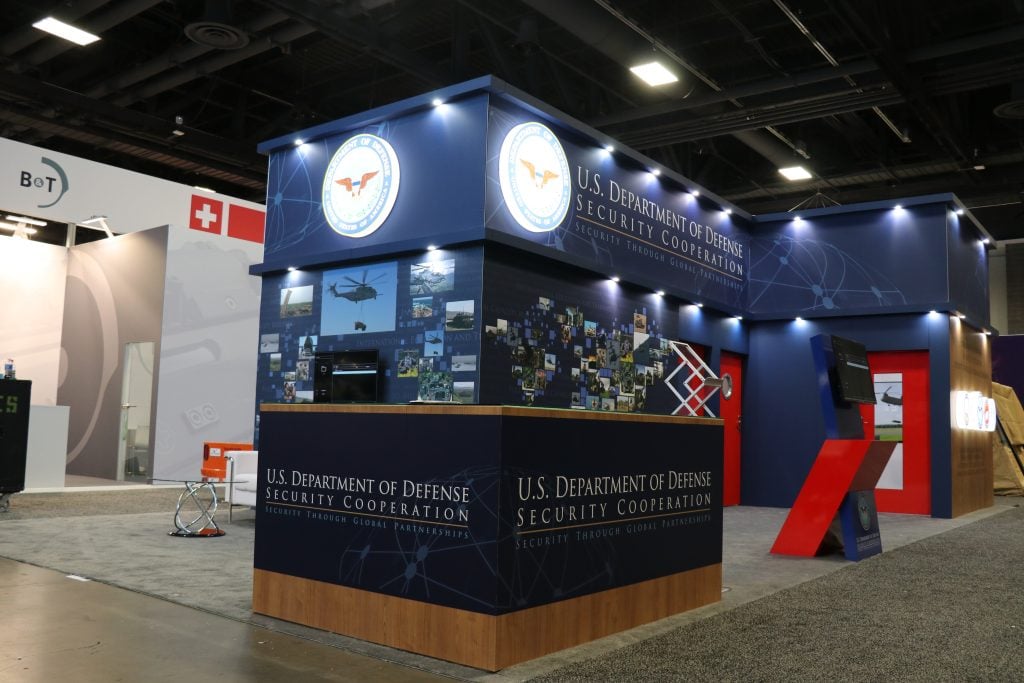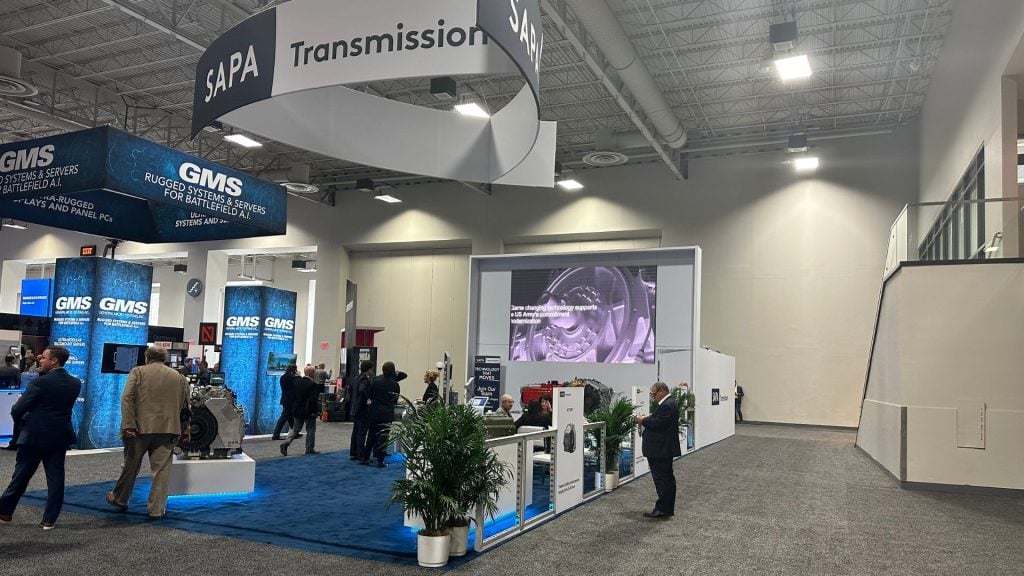
Introduction
In the competitive world of trade shows, creating an emotional connection with visitors can significantly enhance the impact of your booth. Emotional connections foster memorable experiences, increase engagement, and build lasting relationships with your audience.
While bold and flashy designs can capture attention, it’s often the subtle cues that leave a lasting impression. This blog explores the power of subtle design elements in crafting emotionally resonant trade show booths and provides insights into how to implement these cues effectively.
1. The Importance of Emotional Connection in Booth Design:
Understanding Emotional Connection: Emotional connection is about creating an experience that resonates with visitors on a deeper level, beyond just visual appeal. It involves:
- Relatability: Making visitors feel understood and valued.
- Memorability: Crafting experiences that are memorable and impactful.
- Trust: Building a sense of trust and reliability with your brand.
Benefits of Emotional Connection: Establishing an emotional connection with visitors can lead to:
- Increased Engagement: Emotionally engaged visitors are more likely to interact with your booth and spend more time learning about your offerings.
- Enhanced Brand Loyalty: Visitors who feel an emotional connection with your brand are more likely to become loyal customers.
- Word-of-Mouth Marketing: Emotionally resonant experiences are more likely to be shared, both online and offline, amplifying your reach.
2. Leveraging Subtle Cues for Emotional Impact:
Visual Subtleties: Subtle visual cues can evoke emotions and create a welcoming atmosphere.
- Color Psychology: Use colors strategically to evoke specific emotions. For example, blues and greens can create a calming effect, while warm colors like red and orange can energize and excite.
- Lighting: Soft, warm lighting can create a cozy and inviting ambiance, whereas bright, dynamic lighting can add excitement and vibrancy.
- Textures and Materials: Incorporating natural materials like wood and fabric can add warmth and a sense of comfort, while sleek, modern materials can convey professionalism and innovation.
Auditory Elements: Sound plays a crucial role in shaping the emotional atmosphere of your booth.
- Ambient Sound: Subtle background music or nature sounds can enhance the mood and make the booth environment more pleasant.
- Soundscapes: Consider creating soundscapes that align with your brand’s message and the emotions you want to evoke. For instance, a healthcare brand might use soothing sounds, while a tech company might use futuristic tones.
Olfactory Cues: The sense of smell is closely linked to memory and emotion.
- Scent Marketing: Introduce subtle, pleasant scents that are consistent with your brand identity. For example, a spa brand might use calming lavender, while a food brand might use inviting aromas like freshly baked bread.
- Scent Diffusers: Use discreet scent diffusers to maintain a consistent and pleasant olfactory experience without overwhelming visitors.
Tactile Interaction: Encouraging physical interaction with your booth can create a more engaging and memorable experience.
- Touchpoints: Design interactive touchpoints where visitors can physically engage with your products or displays. This could include tactile samples, interactive screens, or hands-on demonstrations.
- Comfortable Spaces: Create comfortable seating areas where visitors can relax and engage in conversation, fostering a sense of hospitality and care.
3. Storytelling and Emotional Engagement:
Crafting a Narrative: Integrating storytelling into your trade show booth design can deepen emotional connections.
- Brand Story: Clearly convey your brand’s story and values through visuals, text, and interactive elements. This helps visitors understand and connect with your brand on a personal level.
- Personalized Experiences: Use technology to create personalized experiences for visitors. For example, interactive screens can adapt content based on visitor preferences or previous interactions.
Emotional Journeys: Design your booth to take visitors on an emotional journey.
- Entrance Experience: Create an inviting entrance that sets the tone for the experience. Use subtle cues to welcome visitors and pique their curiosity.
- Engagement Points: Designate areas within the booth where visitors can engage more deeply with your brand. Use emotional triggers like inspiring stories, impactful visuals, and interactive displays.
- Memorable Exits: Ensure that the exit experience leaves a lasting positive impression. This could include a small takeaway gift, a heartfelt thank you message, or an invitation to continue the conversation online.
4. Practical Tips for Implementing Subtle Emotional Cues:
Know Your Audience: Understand the preferences and emotional triggers of your target audience.
- Market Research: Conduct market research to identify what resonates emotionally with your audience. This can include surveys, focus groups, and analysis of customer feedback.
- Tailored Design: Use this knowledge to tailor your booth design to evoke the desired emotional response.
Balance and Subtlety: Striking the right balance is key to effective emotional design.
- Avoid Overwhelm: Ensure that subtle cues enhance the experience without overwhelming visitors. Too many elements can lead to sensory overload and detract from the emotional impact.
- Consistency: Maintain consistency in your design elements to create a cohesive and harmonious experience. Inconsistent cues can confuse visitors and dilute the emotional connection.
Test and Iterate: Continuously test and refine your design to maximize emotional impact.
- Prototyping: Create prototypes of your booth design and test them with a sample audience. Gather feedback on their emotional response and make necessary adjustments.
- Iterative Design: Use an iterative design process to continuously improve and enhance the emotional effectiveness of your booth.
Conclusion:
Designing trade show booths for emotional connection involves leveraging subtle cues to create a meaningful and memorable experience for visitors. By understanding the power of visual, auditory, olfactory, and tactile elements, and integrating them into a cohesive narrative, exhibitors can foster deeper connections with their audience.
Balancing these elements with careful planning and continuous improvement will ensure that your booth stands out and resonates emotionally with visitors, ultimately leading to greater engagement, brand loyalty, and success. As trade shows continue to evolve, the ability to create emotionally engaging environments will be a key differentiator for exhibitors looking to make a lasting impact.


 Global
Global Europe
Europe

